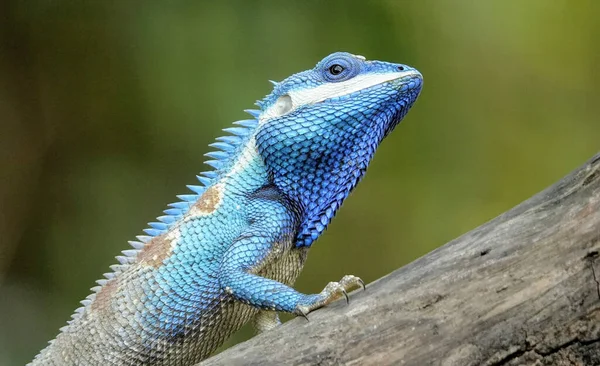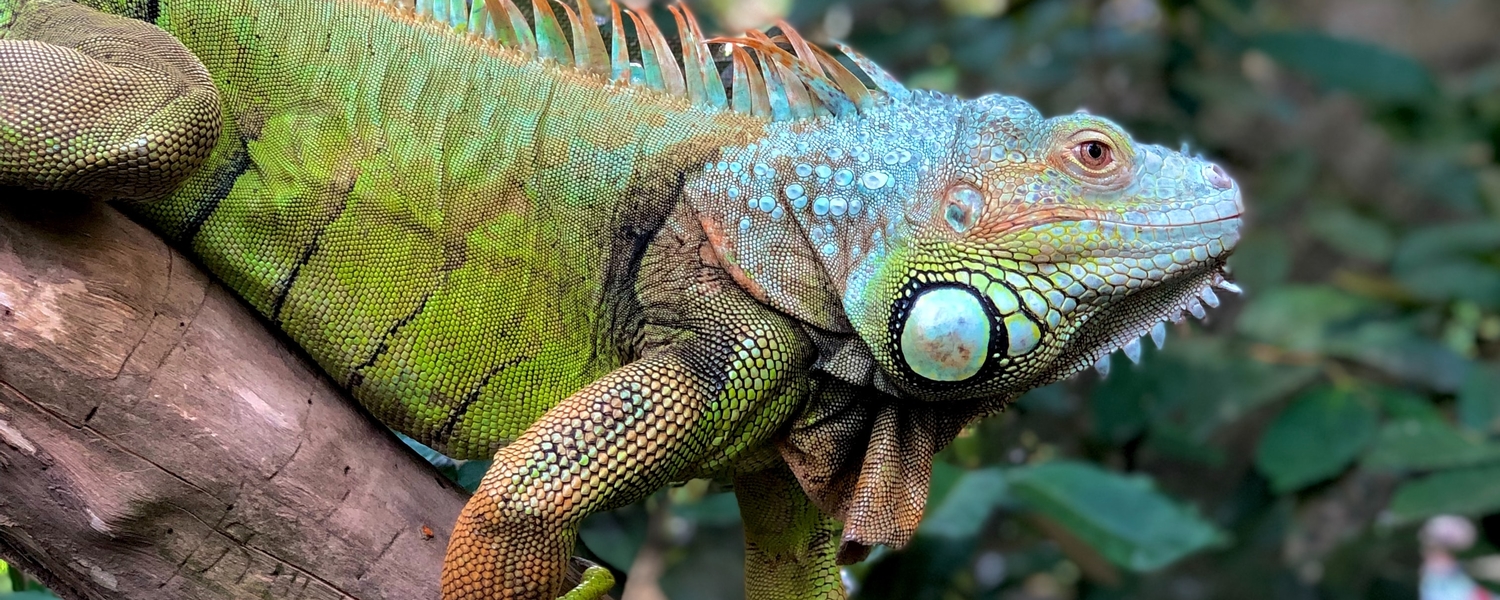Blue Bearded Dragon (Interesting Facts )
Blue bearded dragon is a variation of the popular pet species Pogona vitticeps, also known as the “Turquoise” or “inland bearded dragon.” These lizards are native to Australia and are popular pets due to their docile nature and relatively easy care requirements.
Blue bearded dragon get their name from the blue coloration on their heads, which can vary in intensity. The blue coloration is caused by a genetic mutation that results in a bluish or turquoise hue on the scales. This color morph is relatively rare and is considered a premium variation of the species.
Blue bearded dragons are also known for their calm and docile personalities, making them popular pets. They can grow up to 2 feet long and have a lifespan of around 10-15 years.
Blue bearded dragons are generally considered to be healthy and hardy pets and have similar care requirements as other bearded dragon varieties.
Can bearded dragons be blue?
Bearded dragons can be blue if they have been genetically altered through selective breeding. This is known as a blue morph and is not a natural coloration.
Yes, that is correct. Blue bearded dragon is created by selectively breeding individuals that carry the blue gene. This coloration is not found in wild populations of bearded dragons. It’s important to note that some people may refer to Blue Bearded Dragons as “Turquoise” Bearded dragons.
Blue and Turquoise Bearded Dragons are the same things, and both terms refer to the color morph that is the result of selective breeding.
These dragons usually have a bright blue or turquoise color on their scales, which is why they are called blue or turquoise. These color morphs are not found in wild populations of bearded dragons and are only available through selective breeding.
How much is a blue bearded dragon?
On average, a blue bearded dragon can cost anywhere from $300 to $400. However, prices for blue bearded dragon from reputable breeders may be higher.
The price of a blue bearded dragon can vary depending on several factors such as age, location, and breeding.
What’s the rarest bearded dragon?
The Paradox bearded dragon is known for its unique coloration and patterning. It is considered a rare morph as it is not yet widely available. The Paradox bearded dragon is characterized by its dark, almost black scales, which contrast with its bright, vibrant coloring.
This morph is highly sought after by bearded dragon enthusiasts, and it can command a high price due to its rarity.
The rarity of bearded dragons can vary depending on the specific type or morph. Some of the other rarest bearded dragon morphs include the German Giant, Zero, and Witblits. These morphs are considered rare due to their unique colorations and patterns, and they are often highly sought after by reptile enthusiasts.
Do bearded dragons come in different colors?
Yes, bearded dragons come in a variety of colors. They can be yellow, orange, red, brown, or gray, and their skin can have different patterns and markings.
Some breeders have also developed different morphs or color variations, such as albinos, hypomelanosis, and leucistic, which can have a very different appearance from wild-type bearded dragons.
Does Blue Bearded Dragon Make Good Pets?
Blue bearded dragon can make a good pets if they are properly cared for. They are generally friendly and easy to handle, and they are relatively low-maintenance as far as reptiles go. They are also known to be good with children.
However, caring for a blue bearded dragon will require a certain level of commitment, as they require specific conditions in terms of diet, housing, and temperature to thrive.
How to Take Care of blue bearded dragon:
To take care of a blue bearded dragon, you should provide it with suitable habitat, a balanced diet, and proper healthcare.
Habitat: Blue bearded dragons need a terrarium with a warm basking spot (around 95-110°F) and a cool side (around 75-85°F). They also need a source of UVB lighting to help them produce vitamin D3, which is necessary for their overall health.
Diet: Blue bearded dragons are omnivores and require a diet that includes a variety of fruits, vegetables, and protein sources such as insects, worms, and small amounts of lean meats.
Healthcare: Regular check-ups with a reptile vet and proper hygiene practices are important to maintain the health of your blue bearded dragon. Be sure to clean the terrarium and food and water dishes regularly.
Keep an eye out for signs of illness, such as lethargy or loss of appetite, and seek veterinary care if necessary.
What Does A blue bearded dragon Eat?
It is also known as a hypomelanistic bearded dragon, and typically eats a diet consisting of a variety of fresh fruits and vegetables, as well as live insects such as crickets, mealworms, and waxworms.
Additionally, adult blue bearded dragons can be fed small amounts of lean protein, such as small pieces of cooked chicken or boiled egg. It’s also important to provide fresh water at all times.
Is blue bearded dragons friendly?
Blue bearded dragons, also known as a rainbow blue bearded dragon, are generally considered to be friendly and docile pets. They are known for being easy to handle and tolerate human interaction well.
However, like all animals, their personality can vary and it’s important to remember that each individual dragon may have its own unique personality. Proper care, handling, and socialization can also play a big role in shaping their temperament.

Do dragon bite?
Blue bearded dragons are generally considered to be docile pets and do not typically bite. However, all blue-bearded dragons can bite if they feel threatened or frightened. It’s important to handle bearded dragons gently and with care to avoid stressing them out and causing a bite.
Are bearded dragons poisonous to humans?
No, bearded dragons are not poisonous to humans. They are a popular species of pet lizard and are generally considered safe to keep as pets. However, as with any animal, it is important to handle them with care and to wash your hands after handling them.
Additionally, it is important to note that bearded dragons can carry Salmonella bacteria that can make you sick.




